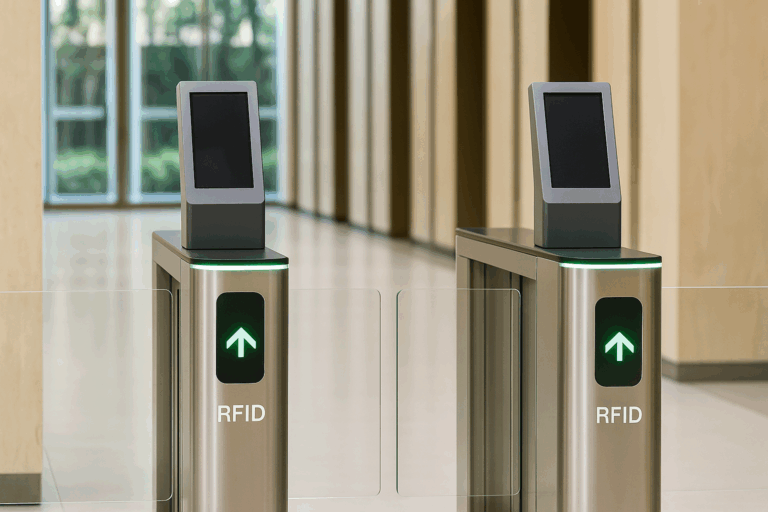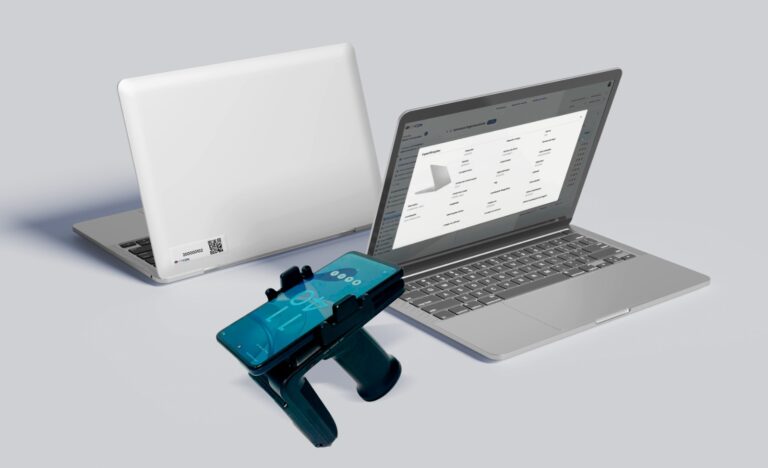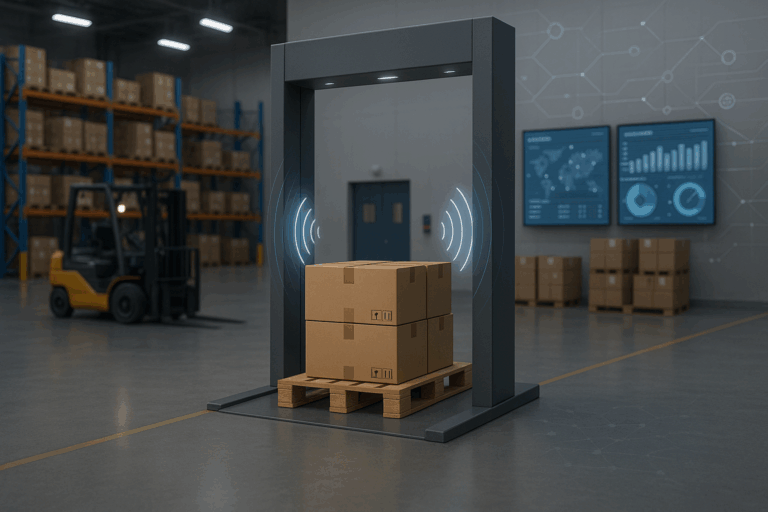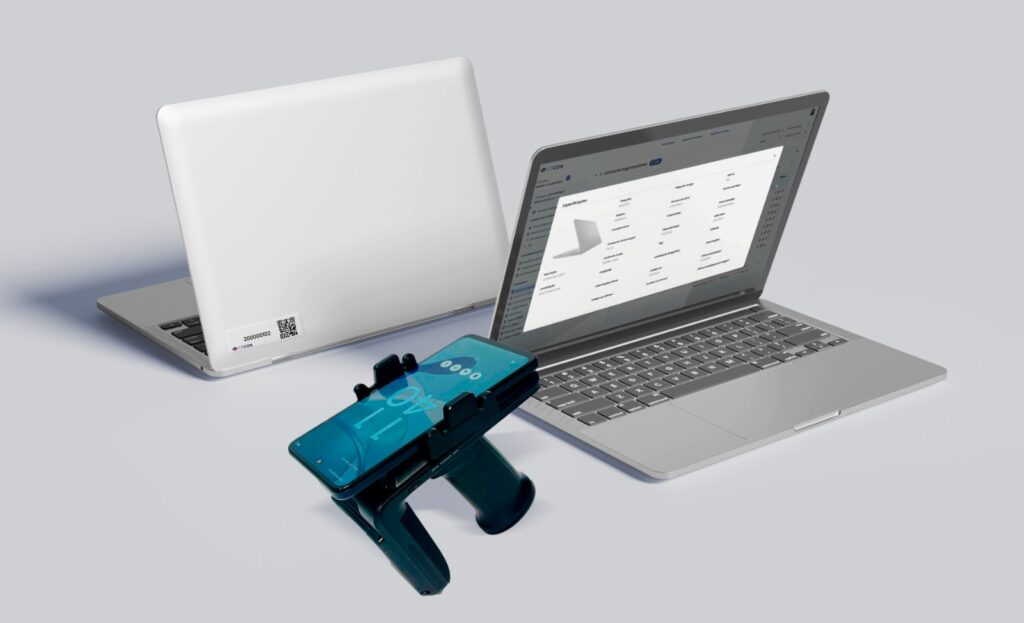IAS 16 is the international accounting standard that governs the recognition, measurement, and depreciation of Property, Plant, and Equipment (PPE). Among its many provisions, one concept stands out as both a technical challenge and a strategic opportunity: asset componentization. This approach, required under IAS 16, aims to enhance the accuracy of financial reporting by acknowledging that large-scale assets—such as buildings, production lines or transport fleets—are composed of individual components with different useful lives. Ignoring this principle can lead to misaligned depreciation, distorted financial statements, and missed opportunities for cost optimization.
As global companies face increasing scrutiny from regulators, investors, and auditors, implementing IAS 16 correctly is no longer just about compliance—it’s about financial precision and competitive advantage. Asset componentization empowers organizations to track asset performance with greater granularity, anticipate replacements more effectively, and align accounting practices with the real economics of their operations. In this article, we will explore the foundations of IAS 16, dive deep into componentization strategies, and show how companies can overcome practical challenges while unlocking financial benefits. We’ll also present real-world applications and explain how CPCON supports this transformation with technical rigor and tailored asset management solutions.
Table of Contents
ToggleWhat is IAS 16 and why it matters for capital-intensive companies?
IAS 16 is the International Accounting Standard that governs how companies manage their tangible fixed assets, known as Property, Plant, and Equipment (PPE). It covers recognition, measurement, depreciation, and disposal—ensuring consistency and transparency across the asset lifecycle.
For capital-intensive industries like manufacturing, logistics, and energy, this standard is crucial. These sectors depend on long-lived, high-value assets, and any misstatement in valuation or depreciation can distort profitability and increase audit exposure.
IAS 16 supports financial discipline by aligning asset accounting with real economic use. It also enhances comparability across global operations and helps executives make informed decisions on capital allocation, compliance, and long-term asset strategy.
Understanding asset componentization under IAS 16
Componentization is a core requirement of IAS 16 that mandates the separate recognition and depreciation of each significant part of a tangible asset, whenever those parts have distinct useful lives or usage patterns. Instead of treating a machine or building as a single item, companies must break it down into components that reflect operational reality.
For example, a commercial building may include structural elements lasting 50 years and systems like HVAC, elevators, or electrical networks with shorter lives. By assigning appropriate useful lives and depreciation methods to each part, companies avoid distorting expenses and improve planning for replacements and maintenance.
This approach also increases traceability and auditability. When a component is replaced, it can be derecognized individually, without impacting the rest of the asset. IAS 16 allows entities to define what is “significant” based on technical judgment and materiality—turning a complex requirement into a strategic advantage.

Strategic benefits of implementing componentization in PPE accounting
Componentization improves the accuracy of depreciation by aligning it with the real consumption of each asset part. This ensures fairer allocation of expenses across periods and avoids distorted profit margins. It also supports better financial planning by allowing companies to forecast replacements more precisely and align investments with operational needs.
The practice enhances visibility and control over asset performance. By breaking assets into components, organizations can track usage, anticipate failures, and manage maintenance more effectively—reducing downtime and extending asset lifespan. This precision supports informed decision-making and long-term cost efficiency.
From a governance standpoint, componentization boosts audit transparency and reinforces compliance maturity. It provides a more defensible basis for valuations and financial disclosures, especially in transactions such as mergers or asset transfers, where clarity around asset condition and value is critical.
How to identify and separate significant components
The first step in applying componentization under IAS 16 is to identify which parts of an asset are “significant” and have materially different useful lives. This requires technical judgment, often supported by engineering assessments, supplier documentation, or historical maintenance data.
A component is generally considered significant if its cost represents a relevant portion of the total asset value and its useful life differs substantially from the rest. For example, in an industrial furnace, the combustion chamber may have a longer lifespan than the refractory lining, making separate depreciation not only recommended, but necessary for accuracy.
Determining useful lives and depreciation methods for each component
Once components are identified, companies must estimate their useful lives based on expected usage, physical wear, obsolescence, and maintenance practices. This process should be grounded in technical data and regularly reviewed to reflect operational changes.
The depreciation method chosen must reflect how each component generates economic benefits. Straight-line is common for structural elements, while units-of-production may apply to parts subject to variable workloads. According to IAS 16, both useful life and method must be reassessed at least annually to ensure continued alignment with real-world consumption.
Technological enablers for IAS 16 compliance
Adopting componentization at scale often requires digital support. Traditional ERP systems may not be equipped to handle multiple depreciation schedules for the same asset, making upgrades or specialized tools essential.
Modern asset management platforms, combined with RFID tags, barcode systems, and IoT sensors, allow for precise tracking of each component. These technologies automate depreciation calculations, flag replacement needs, and ensure that financial records stay aligned with physical realities—simplifying both compliance and audits.
Real-world challenges and solutions in implementing IAS 16
Despite its benefits, implementing asset componentization can be complex. Many companies struggle to define materiality thresholds, especially when historical data is incomplete or assets are highly customized.
To overcome these challenges, it’s essential to involve cross-functional teams—accounting, engineering, operations—and adopt a phased rollout. Prioritize high-value or high-impact assets first, establish clear policies for component identification, and invest in staff training to ensure consistency and accuracy over time.
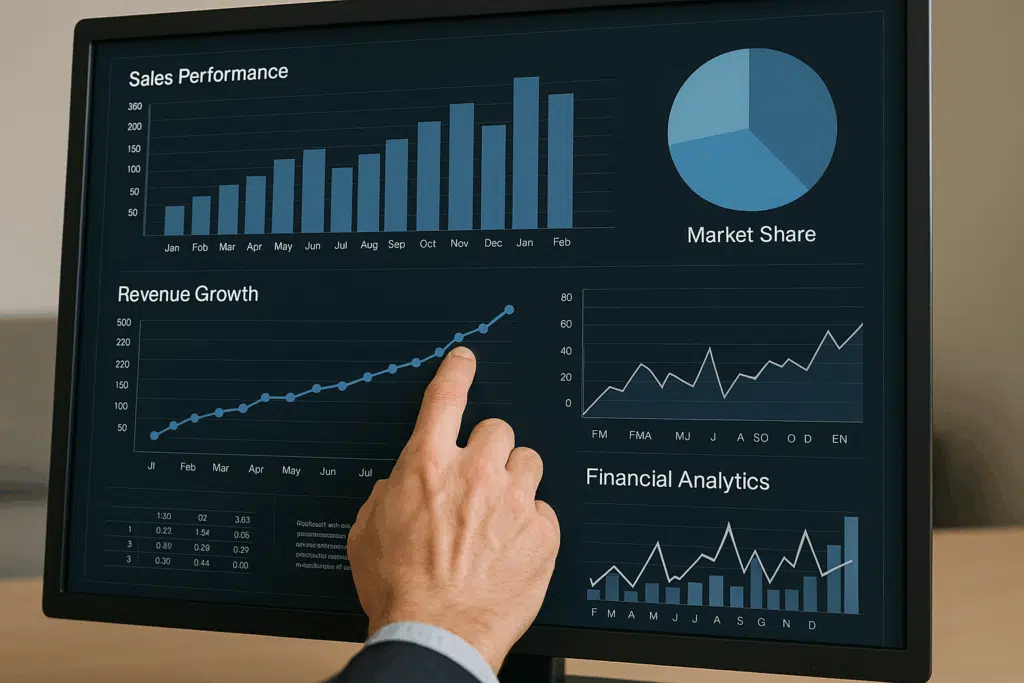
The impact of IAS 16 on financial reporting and decision-making
Componentization improves the alignment between reported depreciation and actual asset usage, which enhances the reliability of income statements and balance sheets. This leads to more accurate EBITDA, ROA, and fixed asset turnover indicators.
Additionally, it enables better decision-making by clarifying which components are nearing replacement, reducing surprise costs and supporting proactive capital budgeting. Financial transparency increases, benefiting internal planning and external stakeholder confidence.
How IAS 16 interacts with other IFRS standards
IAS 16 doesn’t operate in isolation. Its principles influence and are influenced by other IFRS standards. For instance, IAS 36 (Impairment of Assets) may require impairment tests at the component level, especially if parts of an asset operate independently or degrade faster.
Similarly, IFRS 16 (Leases) and IAS 23 (Borrowing Costs) may require component-level analysis for right-of-use assets or capitalized interest allocation. This interconnectedness demands consistency in assumptions and detailed documentation across all accounting treatments.
Best practices for companies in emerging markets
In emerging markets, companies often face limited historical data, outdated accounting systems, and a shortage of specialized technical expertise. These barriers make full implementation of IAS 16 more challenging—but not unattainable.
A phased approach is recommended: begin with high-value or high-impact assets, establish clear internal policies for identifying significant components, and invest in team training. Partnering with specialized consultants can accelerate implementation while ensuring technical accuracy and measurable returns.
How CPCON supports organizations in applying IAS 16 with precision
CPCON helps companies navigate the complexities of IAS 16 by offering tailored solutions that combine technical expertise, advanced software, and process optimization. From identifying significant components to assigning useful lives and automating depreciation, CPCON ensures compliance is both accurate and efficient.
By integrating RFID tracking, engineering assessments, and asset lifecycle analytics, CPCON enables organizations to turn asset componentization into a strategic advantage. Clients gain not only compliance, but also improved cost control, audit readiness, and financial clarity across operations.

Conclusion: Turning IAS 16 into a strategic advantage
IAS 16 is more than an accounting standard—it’s a framework that empowers companies to reflect the economic reality of their assets with precision. By implementing asset componentization, organizations enhance the integrity of their financial statements, improve depreciation accuracy, and unlock smarter asset management.
When supported by technology and expert guidance, IAS 16 becomes a tool for transparency, control, and long-term value creation. Companies that embrace this standard not only meet compliance expectations but gain a strategic edge in capital-intensive industries.
Ready to transform your IAS 16 compliance into a strategic advantage?
Partner with CPCON and gain the technical accuracy, process efficiency, and expert support your organization needs to implement asset componentization with confidence.
Contact us today and take the first step toward financial clarity and operational excellence.
FAQ
What is IAS 16 and what does it regulate?
IAS 16 is an international accounting standard that governs the recognition, measurement, depreciation, and disclosure of Property, Plant, and Equipment (PPE).
What is asset componentization under IAS 16?
It’s the practice of separating significant parts of an asset for individual depreciation, reflecting their distinct useful lives and usage patterns.
Why is componentization important for financial reporting?
It ensures more accurate depreciation, improves audit transparency, and aligns accounting with the real economic life of assets.
How do I determine if a component is significant?
Significance is based on materiality—typically a component with a different useful life and a meaningful cost portion of the total asset qualifies.
Can legacy systems support component-level depreciation?
Most legacy systems are limited. Upgrades or dedicated asset management platforms are often necessary for full IAS 16 compliance.
What are the challenges of implementing IAS 16 in emerging markets?
Challenges include lack of historical data, limited technical expertise, and outdated systems—but these can be addressed with phased implementation and expert support.
How can CPCON help with IAS 16 compliance?
CPCON provides end-to-end solutions: from component identification and engineering support to depreciation modeling, system integration, and audit-ready documentation.



